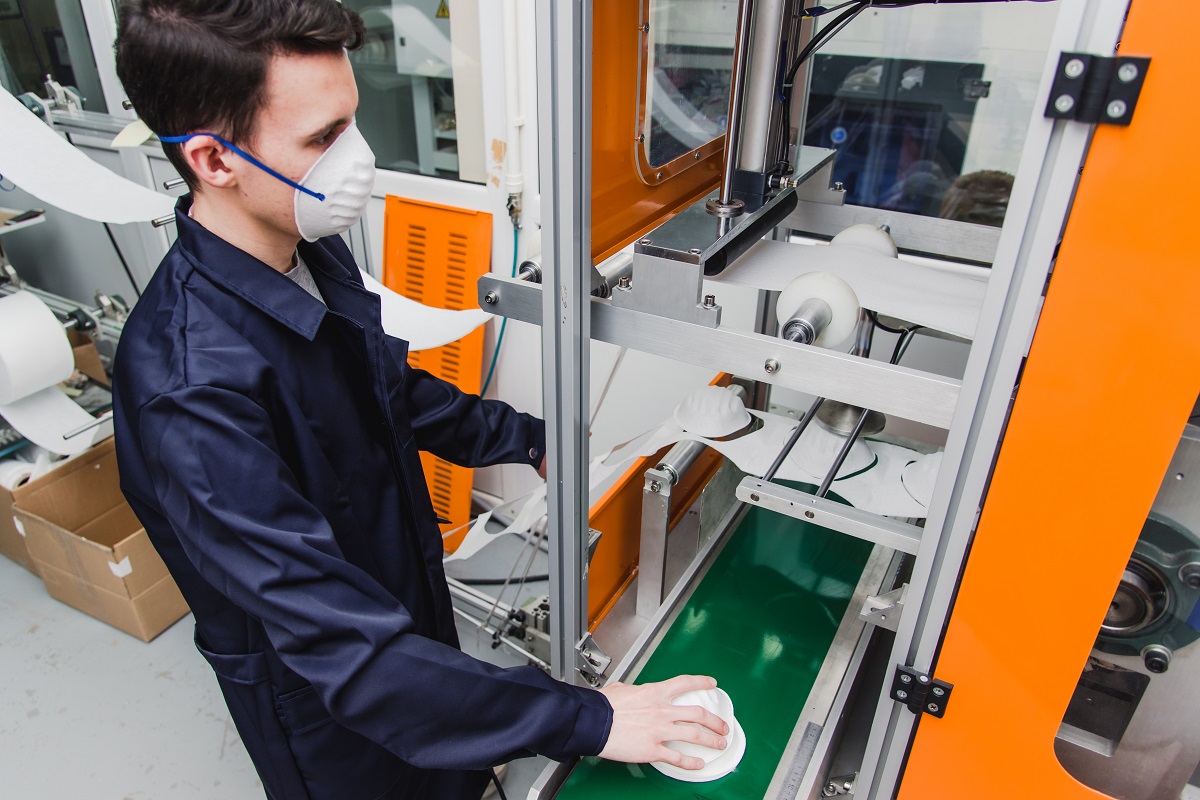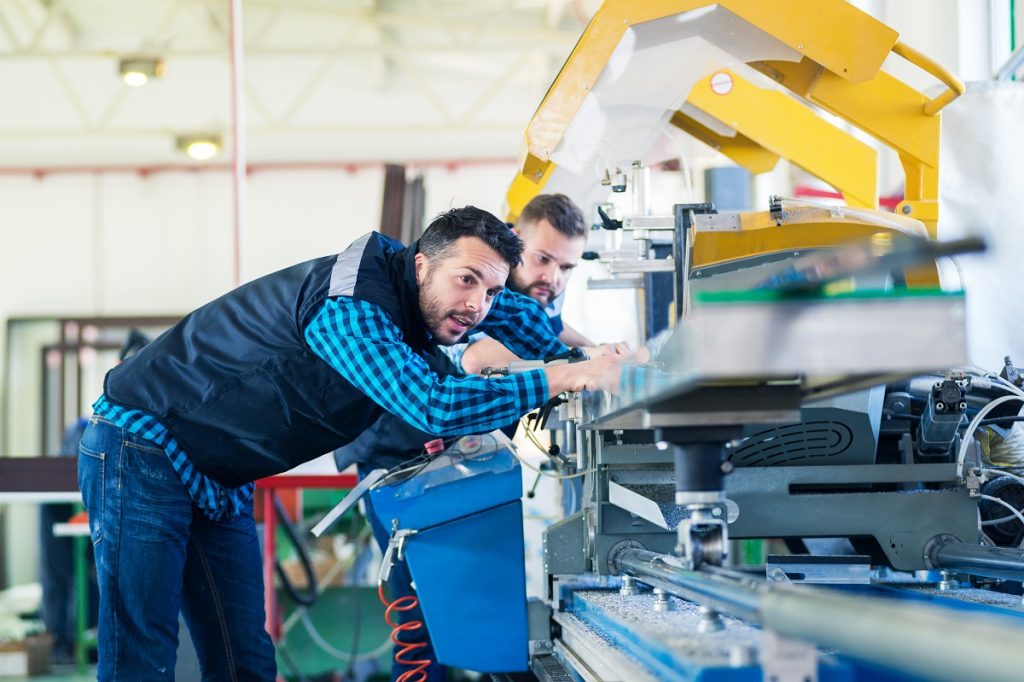- Comprehensive safety training is essential for manufacturing businesses.
- Maintain machinery and equipment regularly to reduce the risk of accidents.
- Quality personal protective equipment (PPE) should be used at all times.
- Design a safety-first layout with ergonomic workstations, clear walkways, and adequate signage.
- Implement centralized control for systematic operations with safety features like overload relays and circuit breakers.
The manufacturing industry is a powerhouse of innovation, production, and growth. Yet, it also presents a unique set of safety challenges. With machinery, chemicals, and countless moving parts in play, ensuring the safety of your workforce becomes paramount. An injury or mishap can lead to downtime, financial repercussions, and tarnish your company’s reputation. Fortunately, with the right strategies, you can build a safety-first culture that minimizes risks and promotes efficiency. Delve into these five indispensable tips to elevate safety standards in your manufacturing enterprise.
1. Comprehensive Safety Training
Knowledge empowers a safer workforce.
Every new recruit, irrespective of their role or experience, should undergo a comprehensive safety training program tailored to your manufacturing processes. This should not be a one-time endeavor; regular refresher courses ensure that safety remains top-of-mind for your employees.
Beyond the standard protocols, encourage open dialogue about safety. Allow employees to share their experiences, concerns, and suggestions. Creating a platform where they can voice their observations can lead to identifying potential risks and developing solutions before an accident occurs.
2. Maintain Machinery and Equipment Regularly
Preventive maintenance prevents accidents. Manufacturing machinery, if not maintained, can become a safety hazard.
Here are some tips for maintaining machinery and equipment regularly:
Follow the Manufacturer’s Maintenance Guidelines
Adherence to guidelines ensures safety and efficiency.
Every piece of machinery comes with a maintenance guide provided by the manufacturer. These guides outline the best practices for maintaining the machinery, complete with a checklist, to ensure it operates efficiently. Following these guidelines guarantees the longevity of your machinery and minimizes the risk of accidents due to unforeseen breakdowns.
Train Employees for Regular Inspections

Inspection know-how prevents unforeseen hazards.
Educate your employees on the importance of regular inspections. Training them to identify early signs of wear and tear can prevent machinery malfunction that could lead to accidents. Regular inspections can also help identify potential mechanical issues before they become serious, saving time and money.
Use Quality Replacement Parts
Quality parts guarantee machine longevity.
When machine parts deteriorate and need to be replaced, it’s crucial to use reliable and high-quality replacement parts. Inferior parts may compromise the overall functionality of the machine, leading to potential safety risks. Ensuring the machine is fitted with quality parts increases its lifespan and safety.
Implement a Digital Maintenance Schedule
Digital tracking promotes consistency.
Transitioning from a manual to a digital maintenance schedule can significantly affect machinery maintenance. A digital schedule allows for automatic reminders, ensuring no inspection or maintenance task is overlooked. It also allows easy access to maintenance logs, providing a clear overview of the machinery’s maintenance history. This promotes consistency and organization in the maintenance process.
3. Invest in High-Quality Personal Protective Equipment (PPE)

Protection at the frontline saves lives.
Never compromise on the quality of PPE. Whether it’s safety goggles, earplugs, helmets, or gloves, ensure they meet industry standards. Regularly inspect PPE for wear and tear, replacing them as necessary.
Moreover, enforce strict guidelines on PPE usage. Employees should be educated on the importance of PPE, understanding that it’s not just a company policy but a crucial barrier against potential hazards. Regularly review and update PPE policies, considering the introduction of new machinery or chemicals in the manufacturing process.
4. Design a Safety-First Layout
Efficient design minimizes risks.
The layout of your manufacturing facility can significantly influence safety. Ensure clear walkways, adequate signage, and designated zones for machinery operation. Proper lighting and ventilation are crucial, especially in sections dealing with chemicals or high temperatures.
Emphasize ergonomic designs for workstations. This reduces the risk of strain injuries, ensuring employees can work comfortably and safely. Regularly review the shop floor layout, considering the introduction of new machinery or the expansion of production lines.
5. Implement Centralized Control for Systematic Operations
Centralized control enhances safety and efficiency.
Modern manufacturing units rely heavily on electrical operations. By implementing electrical control panels, you can centralize the control of multiple equipment and machinery. These panels are designed to house controls like switches, controllers, and indicators for machinery operations.
These panels streamline operations and enhance safety. By providing a consolidated control system, you reduce the chaos of scattered controls, ensuring that operators can shut down or modify machinery functions safely and systematically. Furthermore, electrical control panels come with safety features, including overload relays and circuit breakers, which prevent electrical mishaps.
In Summary
Safety in the manufacturing sector isn’t just about compliance; it’s a core business value. Ensuring the well-being of your employees not only projects responsibility but also leads to better productivity and morale. By implementing robust training, investing in quality equipment, designing with safety in mind, and embracing technologies like electrical control panels, you lay the foundation for a safe and prosperous manufacturing environment. Remember, a safe business is a thriving business.



